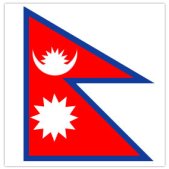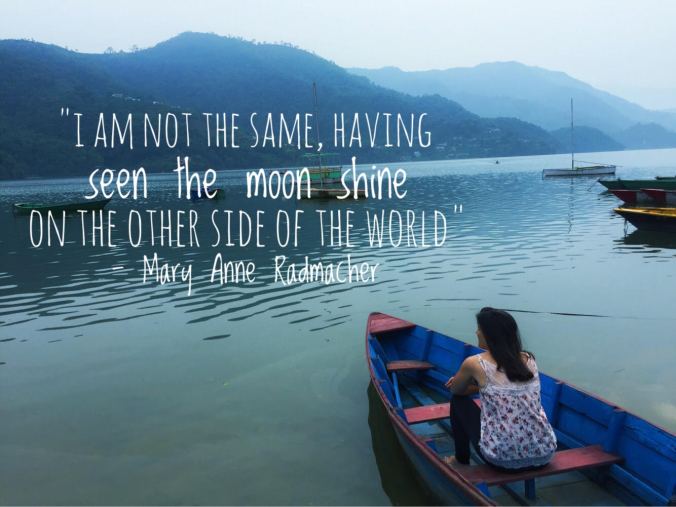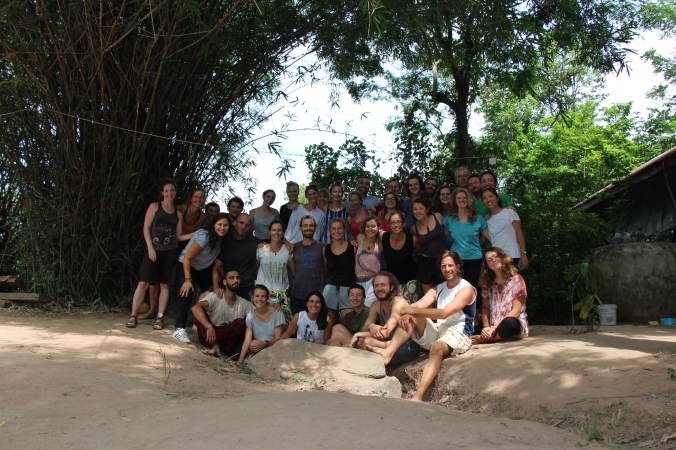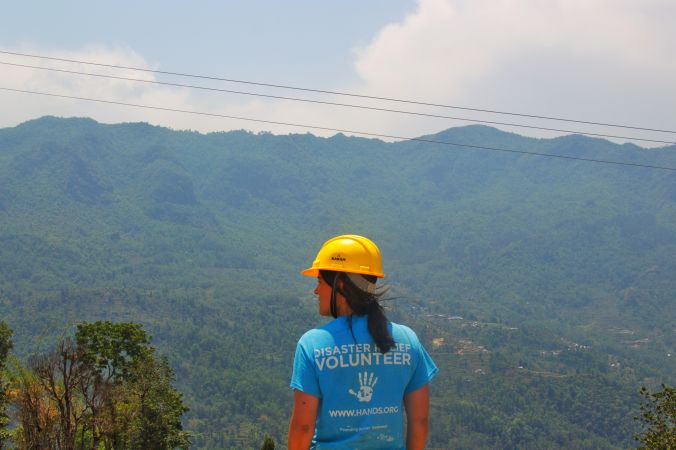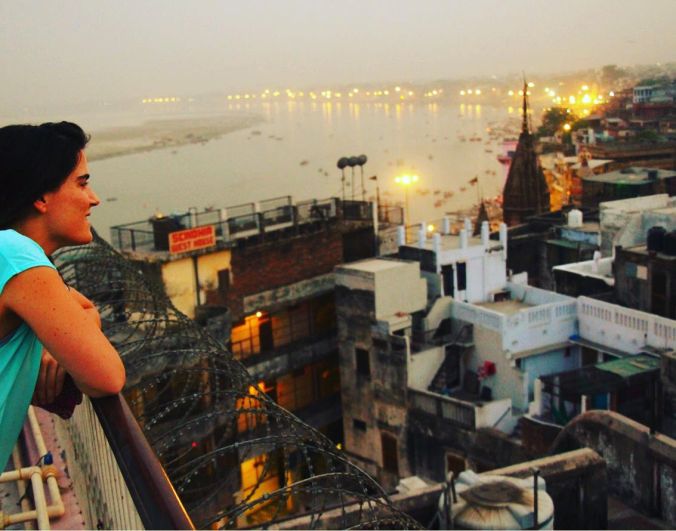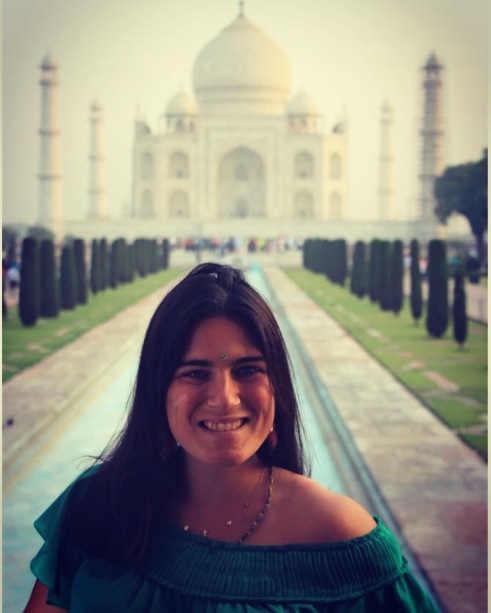Calm. Peaceful. Silent.
I know these are not the common adjectives used to describe Kathmandu, but I was arriving from a month in India, and my last stop had been Varanasi. India is beautiful and has its own charms but its noisy and chaotic environment can make you feel exhausted after some weeks.
This feeling just started when I crossed the India/ Nepal border: there were no horns anymore! How was it possible? You definitely get used to these maddening noises and do not even realise they exist and have a direct effect on your well-being. I immediately felt in heaven, my mind was again in peace.
After spending some days in the country, I can say Nepali are the warmest people I have ever met. I have never felt so welcoming and well cared for as in this country. In every place I went/ passed by, I received a sincere smile and a genuine “namaste”. People truly care about tourists and frequently ask you about the quality of their services and food, always trying to improve them. In addition, every time we mentioned our volunteer project in the country, they immediately started saying thankful words and giving us discount on their services/ products.
Before heading to Thulo Pakhar, where we would join a volunteer work at All Hands, we spent 3 days in Kathmandu. Even though in 2 of these 3 days it was raining cats and dogs, we had the opportunity to visit some of the main attractions of the city: (i) Swayambhunath or The Monkey Temple (Buddhist temple and UNESCO World Heritage, a hilltop with a beautiful view over Kathmandu), (ii) Boudhanath (one of the largest Stupas in the world and UNESCO World Heritage), (iii) Pashupati (Hindu temple, where cremations take place) and (iv) Garden of Dreams (amazing place to have lunch/ dinner, read, relax, etc).
Also, we visited Patan, the third largest city of Nepal and one of the main cities of the Kathmandu Valley (the remaining main cities are Kathmandu and Bahktapur). Patan truly fascinated me. Just walking around the city and finding little yards, where many temples are hidden, is worthwhile. Moreover, the amazing colours in its buildings, shops, mandala paintings, clothes, make the city very attractive.
Unfortunately, in both cites you still witness signs of the devastating earthquake that hit the country in 2015. Even though I was already expecting it, it is really sad to see beautiful buildings, temples, and shops completely destroyed and abandoned. Huge efforts have been made and many places are currently under reconstruction, but major investment is still needed to completely recover these cities and give their populations similar living conditions.
In addition to the previous sightseeing tours, and as we stayed in the centre of Thamel (the most touristic part of Kathmandu), we had the opportunity to briefly live Kathmandu’s local life. I was amazed with traditional shops – many are focused on trekking – restaurants and bars. The small streets and businesses make the walks extremely easy and pleasant. Also, there are several beautiful and diverse rooftops (totally recommend OR2K restaurant), bars with live music and many other lively places. In this area, it is also common to find a lot of tourists. Tourism is Nepal’s largest industry: the country possesses 8 of the 10 highest mountains in the world (Everest – 8,848m, Kanchenjunga – 8,586m, Lhotse – 8,501m, etc), being a hotspot for trekkers and people seeking adventure.
Following these initial days, I can definitely say: Kathmandu, you had me at hello!
¡CURIOUS EYES!
Nepal, a central Himalayan country, has a population of 26.5 million people and a total geographical area of 147 km2. Nepal was significantly influenced by its position in the Himalaya region and by its powerful neighbours: India and China. Due to these diverse influences, Nepali population is known by its multiethnic, multiracial, multireligious and multilanguage (Nepali is the main spoken language).
From 1990s to 2008, the country was in civil way, struggling for democracy. In 2008, a peace treaty was finally signed and Nepal became a federal republic.
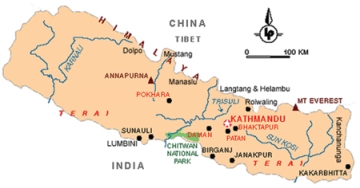
The Nepal flag represents some of the main characteristics of its population. It is the only national flag that is not a rectangle or square. The blue border symbolizes peace and harmony. The crimson red is Nepal’s national colour, and indicates the brave spirits of the Nepali people. The two triangles symbolize the Himalaya Mountains. The celestial bodies represent permanence, and the hope that the country will last as long as the sun and moon.
